How to Use UTM Parameters at Trade Shows & Conferences
Learn how to incorporate UTM parameters into your presence at trade shows & conferences, as well as how to use them to track visits, leads & customers.
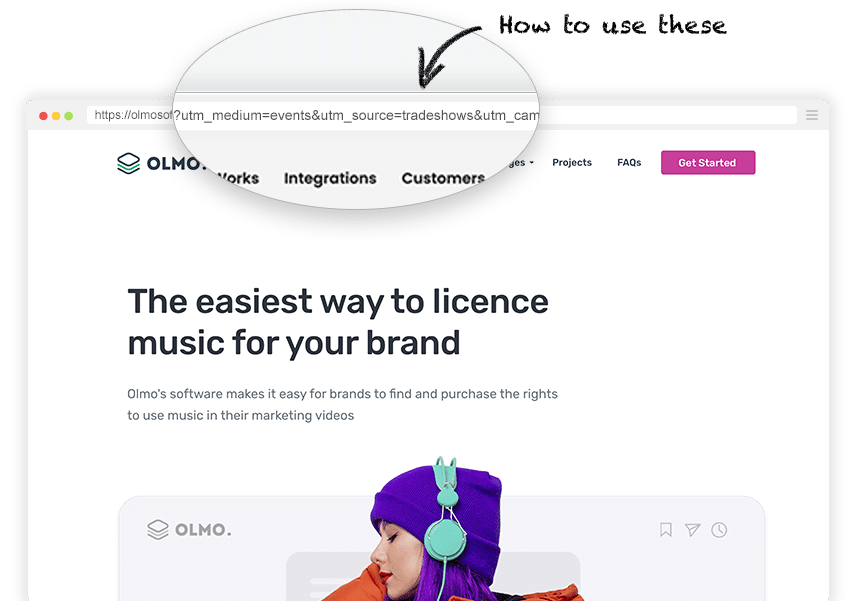
Trade shows and conferences can be a great way to generate leads & customers for your business. In fact, research shows that a large number of professionals (79%) find that attending trade shows helps them decide what products or services to buy.
And while it's simple track how many leads you got by scanning attendee badges or gathering business cards, what about all those other leads you get from people who interacted with your brand indirectly (like attendees walking past your booth, noticing your signage, or seeing you in the event emails)?
To accurately measure the ROI of your event presence, you need to be able to track how many leads & customers you get from all aspects of the event, and a great way to do this is by using UTM parameters.
In this article, we'll share some ways to incorporate UTM parameters into your presence at events and how to use them to measure exactly how many leads and customers you generate.
Best Ways to Incorporate UTM Parameters into Your Presence at an Event
Here are some of the best ways to use UTM parameters at tradeshows & conferences:
Before the event
Event Website
Nearly every event or tradeshow that you sponsor or exhibit at will include your logo on their website. Depending on your level of spend, your company might be featured on the event homepage, the sponsors or exhibitors page, or even within blog posts or press releases published by the event organizer.
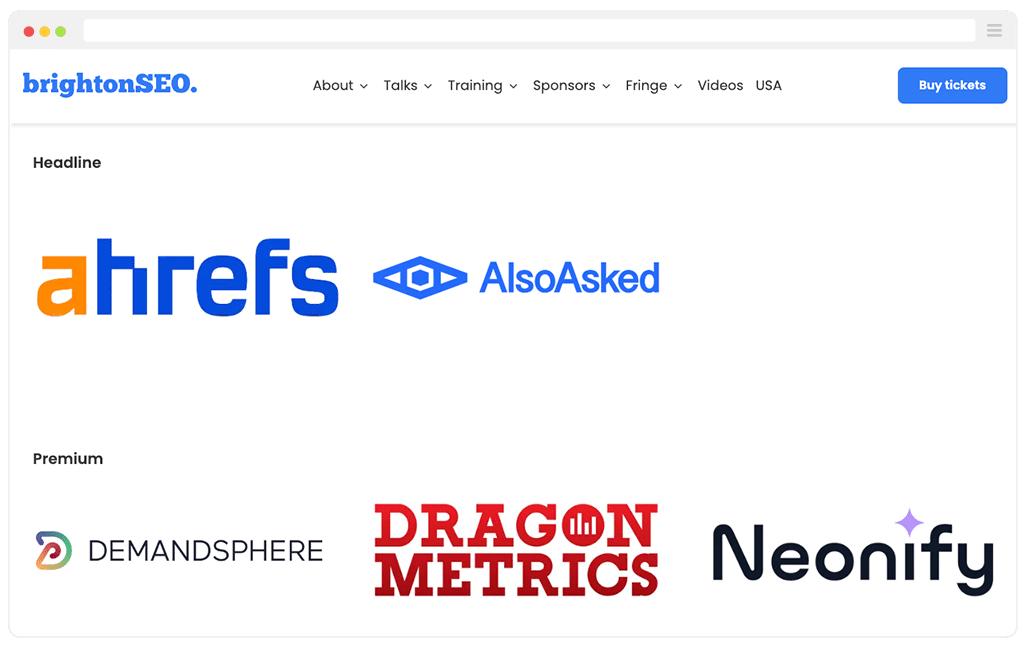
If this is the case, make sure to work with the event organiser to include UTM parameters behind these links (where possible) so that you can track how many visitors, leads and customers you get from people clicking these links and navigating to your website.
Social Media
Event organizers frequently highlight sponsors or exhibitors in social media posts leading up to the event.
Ifyour sponsorship package includes one of these posts, it's worth asking the event organiser to include UTM parameters in the post so can track how many leads & customers these little activations are generating.
Email campaigns
Most events send numerous email campaigns to attendees in the lead up to the event. These include reminder emails, informational campaigns, announcements, etc.
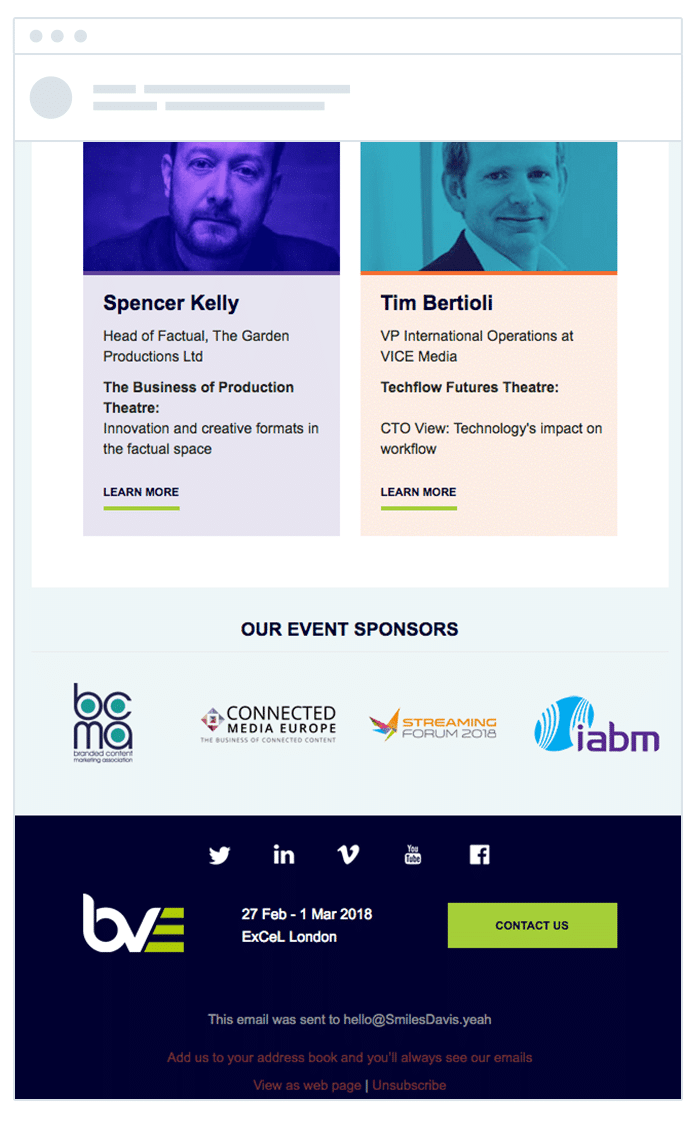
Having your logo or a banner in these emails can drive traffic to your website (which can convert into leads & customers) and it's important to make sure you know where these opportunities came from.
So make sure to ask event organisers to include UTM parameters behind any logos or banners you have in their email campaigns.
At the event
QR codes
QR codes are a great way for attendees to get more information about your products or services without having to dedicate time to doing a demo or speaking to your team a a booth.
You can place these codes around your booth so they can be scanned as people walk by.
Or if you're not exhibiting (and maybe just sponsoring), then you can place them on signage, promotional brochures, or even on branded items such as coffee cups or swag giveaways.
Tools like Bitly make it easy to create QR codes with UTM parameters behind them.
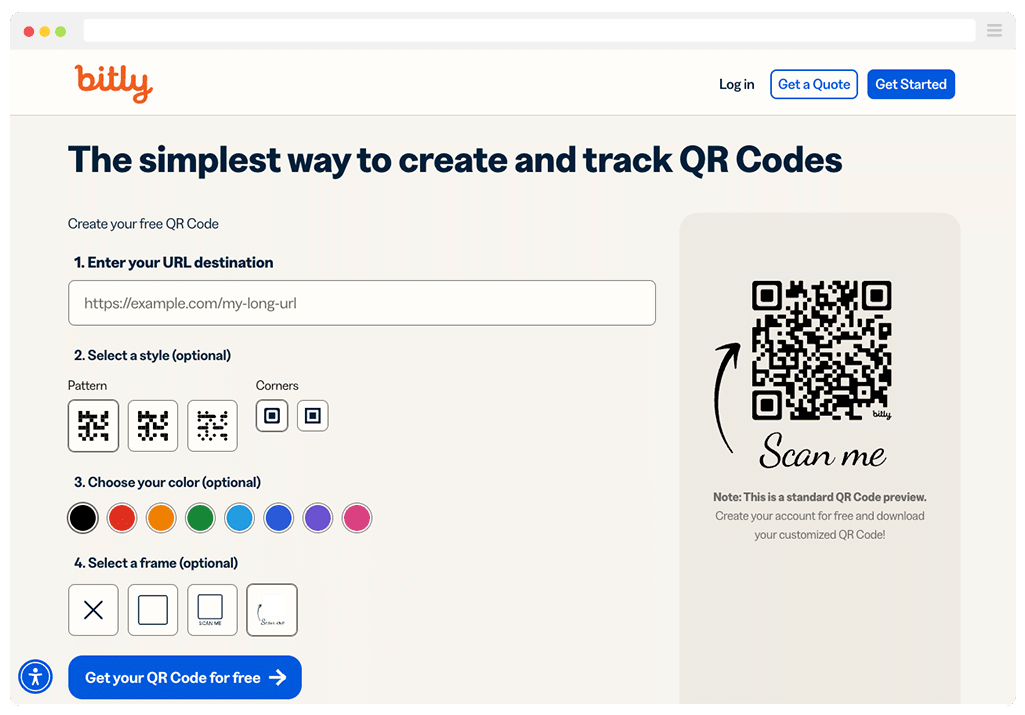
All you need to do is add a utm-tagged link to the URL field (use this UTM builder to create it if needed) and you’ll be able to download your QR code and add it to your your booth or signage.
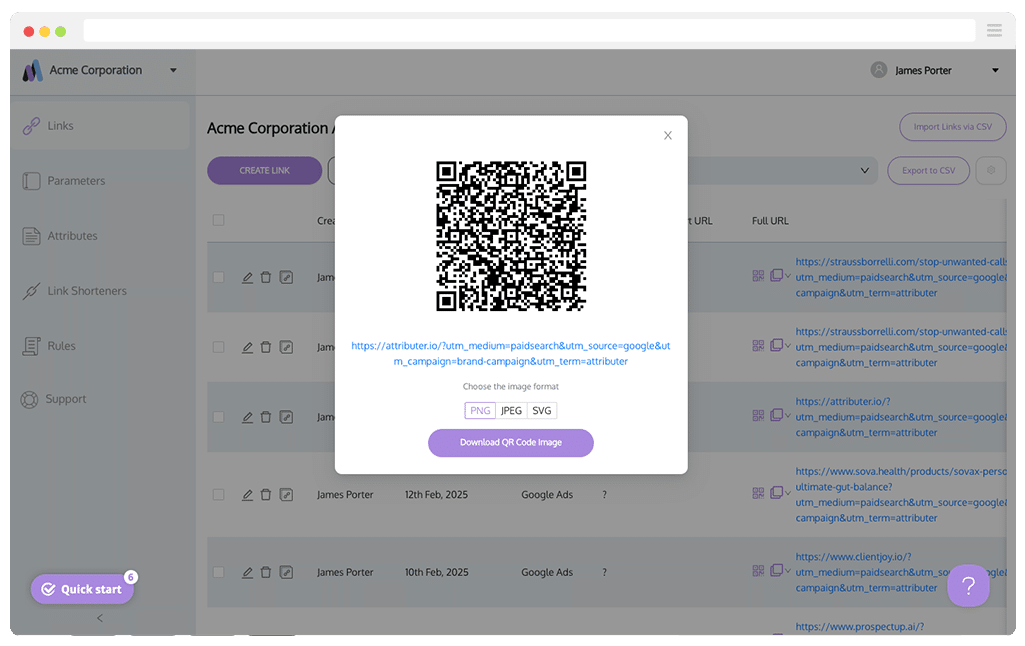
They’re particularly good if you have many people creating UTM-tagged links (for events or other channels) as you can put in place rules to control what can be added to the UTMs (E.g. You could create a rule that says the utm_medium must only use these 7 possible values).
Shortlinks
Branded shortlinks are another good way to incorporate UTM parameters into your event presence.
They are easy for attendees to remember (especially at busy events) and can be added to your booth or any signage or promotional materials you are distributing (like if you have a flyer in an attendee goodie bag for instance).
When you generate the short link, you would put a UTM-tagged link behind it so that when someone types the short link into their browser, they are redirected to your site with UTM parameters attached.
Bitly is probably the most well-known tool for creating short links. It’s free to use (with some limitations) and makes it super simple to create a short link.
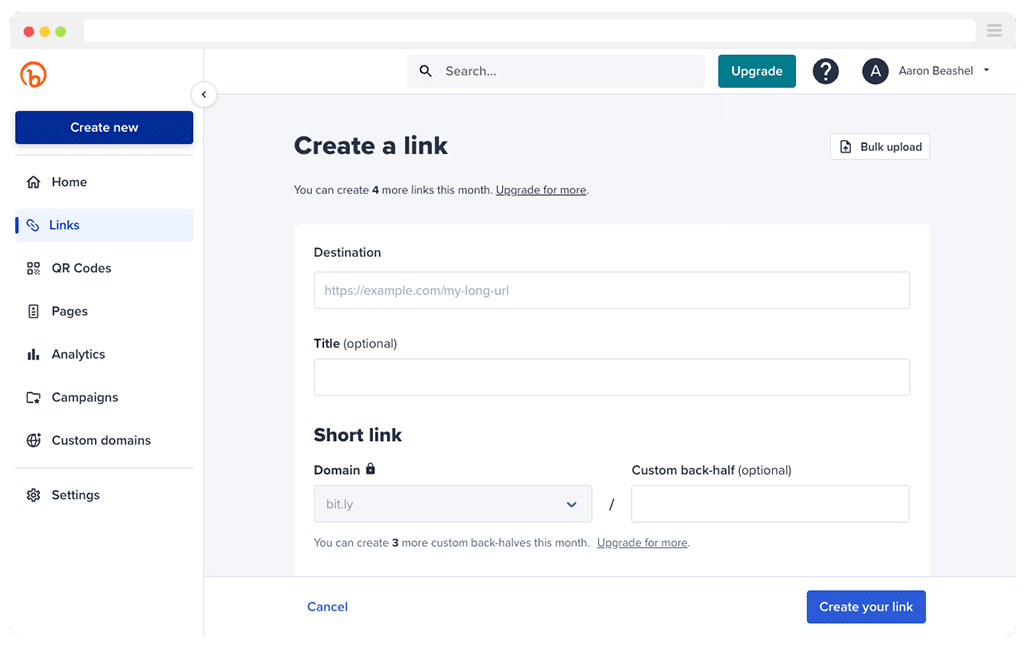
NFC (Near Field Communication) Chips
If you’ve got a bit more money to spend, having NFC chips at your booth can be a very cool way to get recipients to visit your website.
In case you’re not familiar with them, NFC chips are tiny little chips that can be embedded into your signage or placed on your booth. Attendees can simply tap their phone on the postcard and are automatically redirected to a specific webpage.
They’re similar to QR codes, but the user doesn’t have to open the camera, so it’s easier (and it's arguably a much cooler experience as well).
And if you include UTM parameters behind the link you send people to when they tap the chip, you can easily track how many visits, leads and customers you're getting.
After the event
Email campaigns
As part of your sponsorship package, it's common for event organizers to share attendee lists with exhibitors and sponsors post-event.
If this is the case, and you have a series of email campaigns you plan to send to these attendees, then you should absolutely include event-specific UTM parameters in these campaigns so that you know these visitors and leads came from the event.
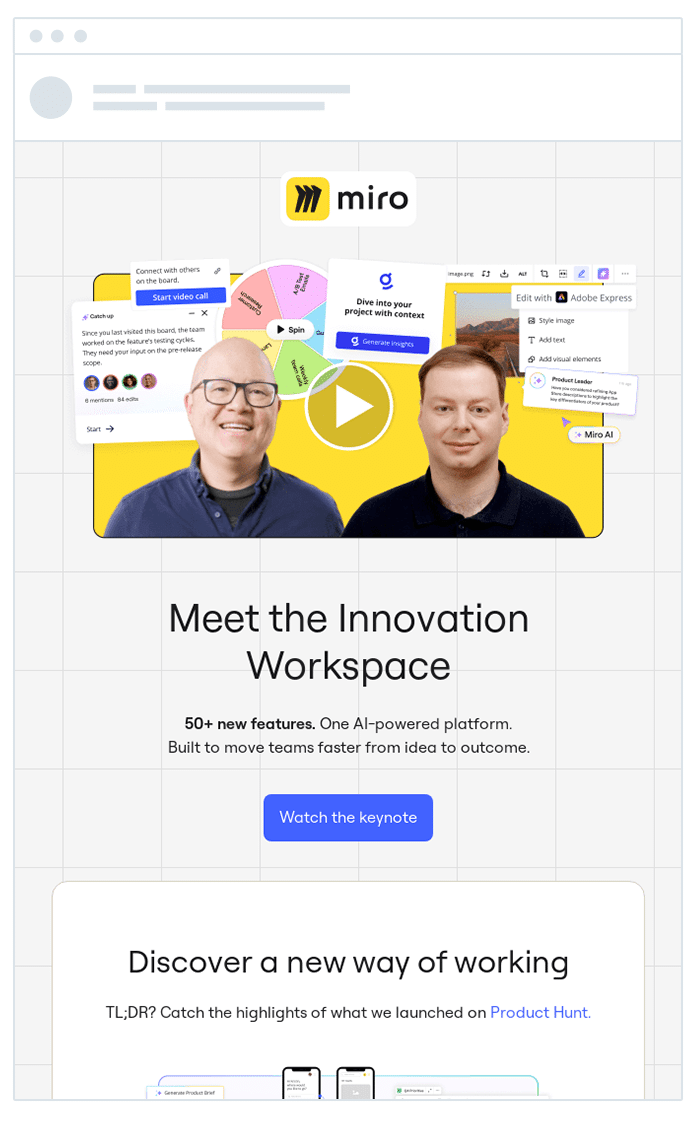
Paid social ads
Another good way to generate more leads from events if to do social ads targeted at attendees.
If you have been given the attendees list (with email addresses), then you can upload these to platforms like LinkedIn and Facebook and create custom audiences.
You can then serve ads to these audiences promoting your products and services for as long as you like.
And if you do, make sure to include event-specific UTM parameters behind these ads so you can tie the leads you generate back to the event.
Best UTM parameters to use for trade shows and conferences
Now that you’ve got some inspiration and know how you’re going to incorporate UTM parameters into your event presence, let’s talk about what UTM parameters to use.
Here’s our recommendation:
- utm_medium – This is typically the highest level of information and is usually reserved for the top-level medium (I.e. ‘email’ or ‘paidsearch’ or ‘paidsocial’). For events, we would probably recommend using something like utm_medium=events. The key is to label it in a way that slots into your analytics channel grouping. Neither Google Analytics or Attributer have a default “Events” channel, so any visitors, leads & customers that come to your site with this will likely fall under “Other” by default, but this is fine as long as you can identify it.
- utm_source – This is typically the second highest level of information and is usually used to note the source (I.e. So if the medium is ‘Paid Social’ then the source might be 'Facebook' or 'LinkedIn'). So for tradeshows & conferences, it probably makes sense to identify the type of event it is, such as 'industry-conference' or 'meetup' or even 'webinar' or 'digital event'
- utm_campaign – This is typically used to identify the particular campaign (like 'brand campaign' in Paid Search or 'Holiday Campaign' in Paid Social). For tradeshows & conferences, it makes the most sense to use the name of the event.
- utm_term – This is typically one of the lower levels of information (in search ads this is often used to capture the searched keyword, or the creative variation in display ads). For an event or tradeshow, this is likely where you would distinguish the exact promotional tactic. So if it was the logo on the event website you might use 'utm_term=event-website'). Or if it was a QR code that you had at the event, you might use something like 'utm_term=QR-code'
How to use these UTM parameters to track how many visitors, leads & customers you get from events
Now that you’re comfortable with how to incorporate UTM parameters into your event presence, let’s dive into how to use these parameters to see how many visitors, leads, and customers you're getting.
Website Visitors
If you’re using Google Analytics, you can easily see how many website visitors you got from an event by heading over to the User Acquisition report.
When you first view this report, you’ll notice visitors are grouped into broad channels (like Paid Search, Paid Social, and so on).
Google Analytics uses UTM parameters to categorise visitors into these predefined channels, but since there isn’t a default channel specifically called 'Events', these visitors typically end up under the ‘Other’ channel.
To dig deeper and see exactly how many people came from a specific event, you’ll need to use Secondary Dimensions. Just click the ‘+’ icon and pick either ‘First User Medium’ or ‘First User Source’. It’ll look something like this:
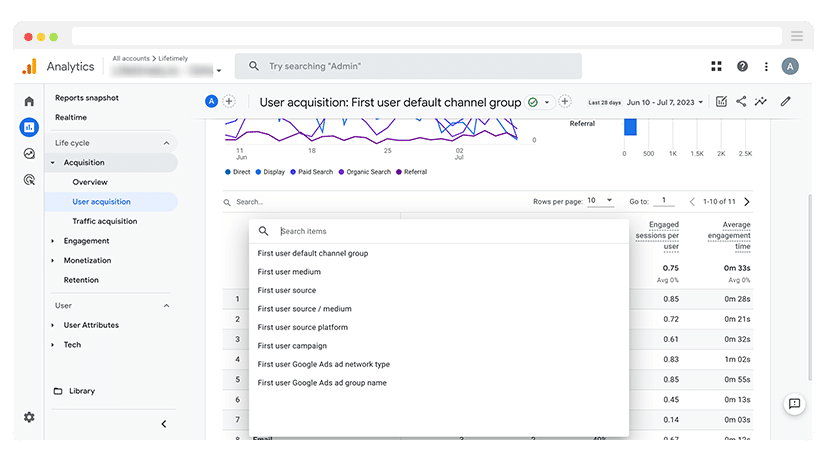
If you select the 'First user medium' option then the table will show how many visitors were generated from each different utm_medium, and you should be able to see how many visitors you got from events.
And assuming you used the UTM parameters structure we outlined above, you could also select the 'First User Source' option to break it down by the different types of events you're participating in, or use the 'First User Campaign' to see the number of website visitors generated from each event.
Leads
Tools like Google Analytics can tell you how many website visitors you're getting from events, but what if you want to measure how many of those visitors turn into leads and customers?
That’s exactly what Attributer helps you do.
If someone visits your after hearing about you through an event (like if they scan a QR code or click your logo on the event website), Attributer will capture and store the UTM parameters you placed behind that specific link.
Then when that visitor completes a form on your site, Attributer writes the UTM parameters into a set of hidden fields you add to your form.
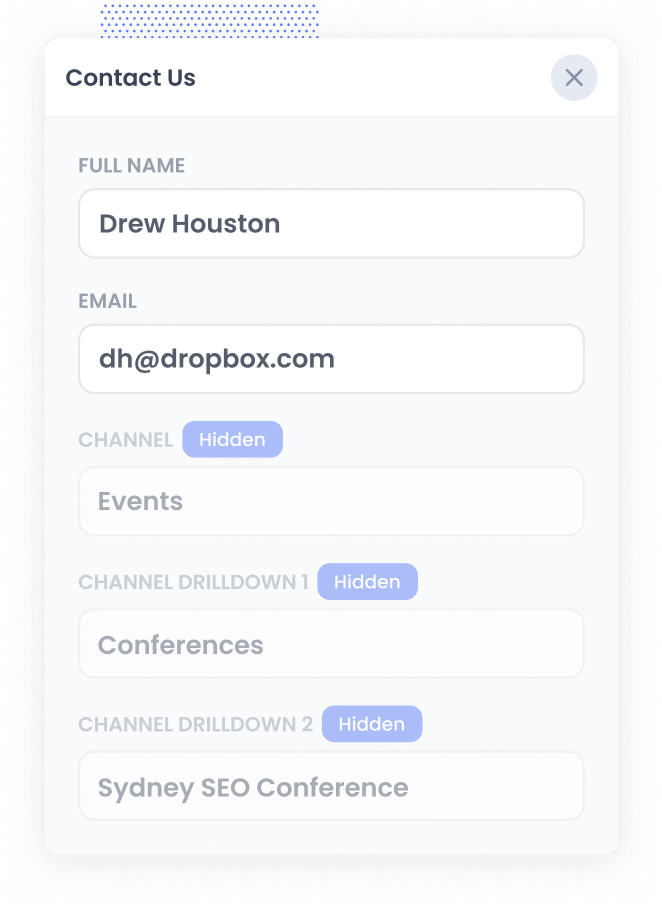
Finally, when the visitor submits the form, the UTM parameters are captured by your form tool along with the information the lead manually entered into the form (like their name, email, phone, etc).
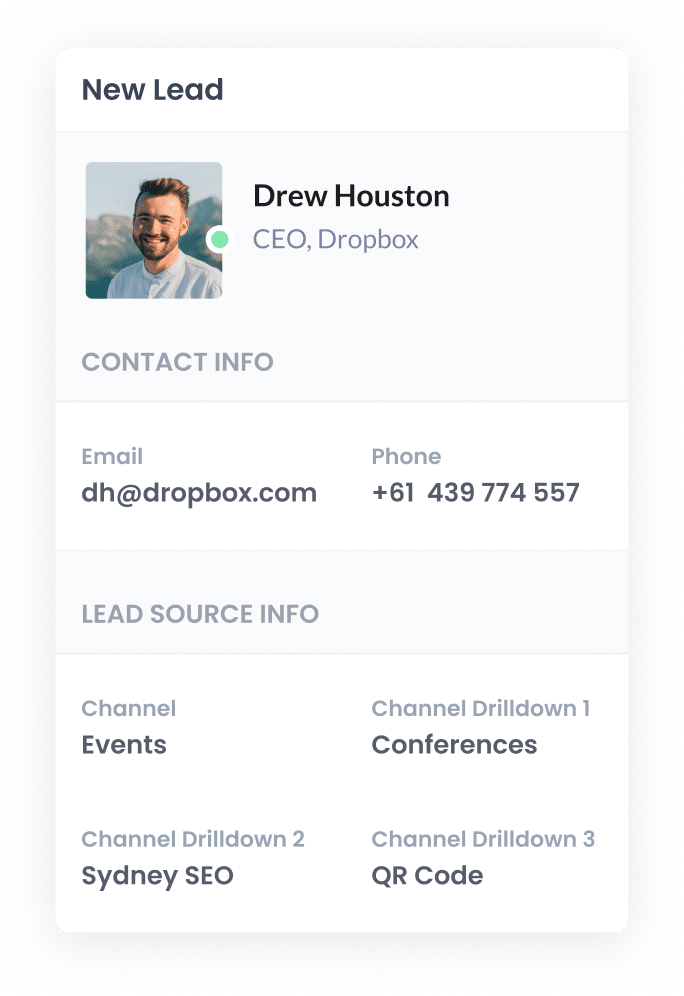
You can then see this information in the submissions table of your form builder, include it in your new lead notification email, send it to a spreadsheet and more. It's a good way to see how many leads your campaign generated.
Customers
If you want to be able to track how many customers (and how much revenue) you are generating from events, then the best thing to do is to send the UTM parameters (the ones written into the hidden fields by Attributer) into your CRM with each new lead.
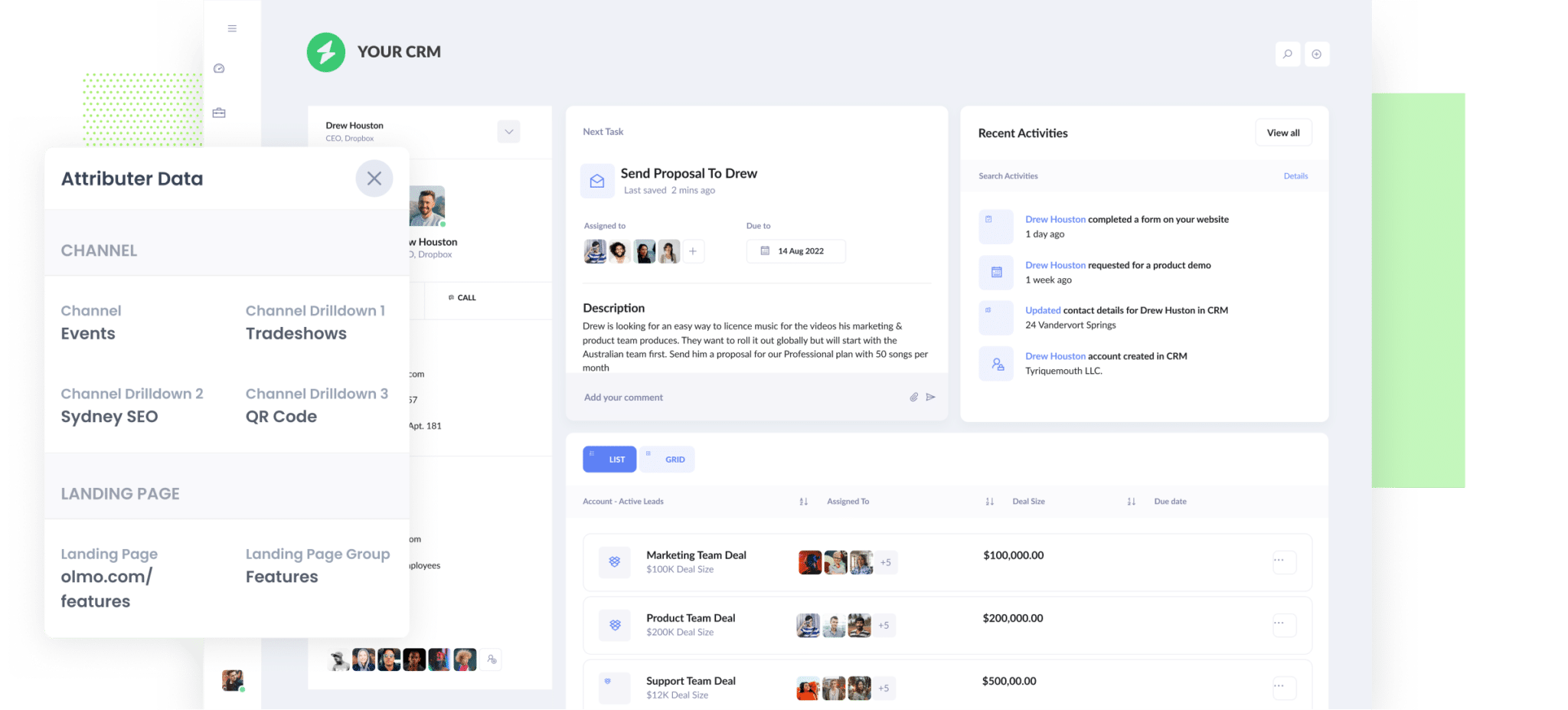
You can then use your CRM's built-in reporting tools to run reports that show how many of those leads went on to become customers, how much revenue they generated, what the average deal size, was etc.
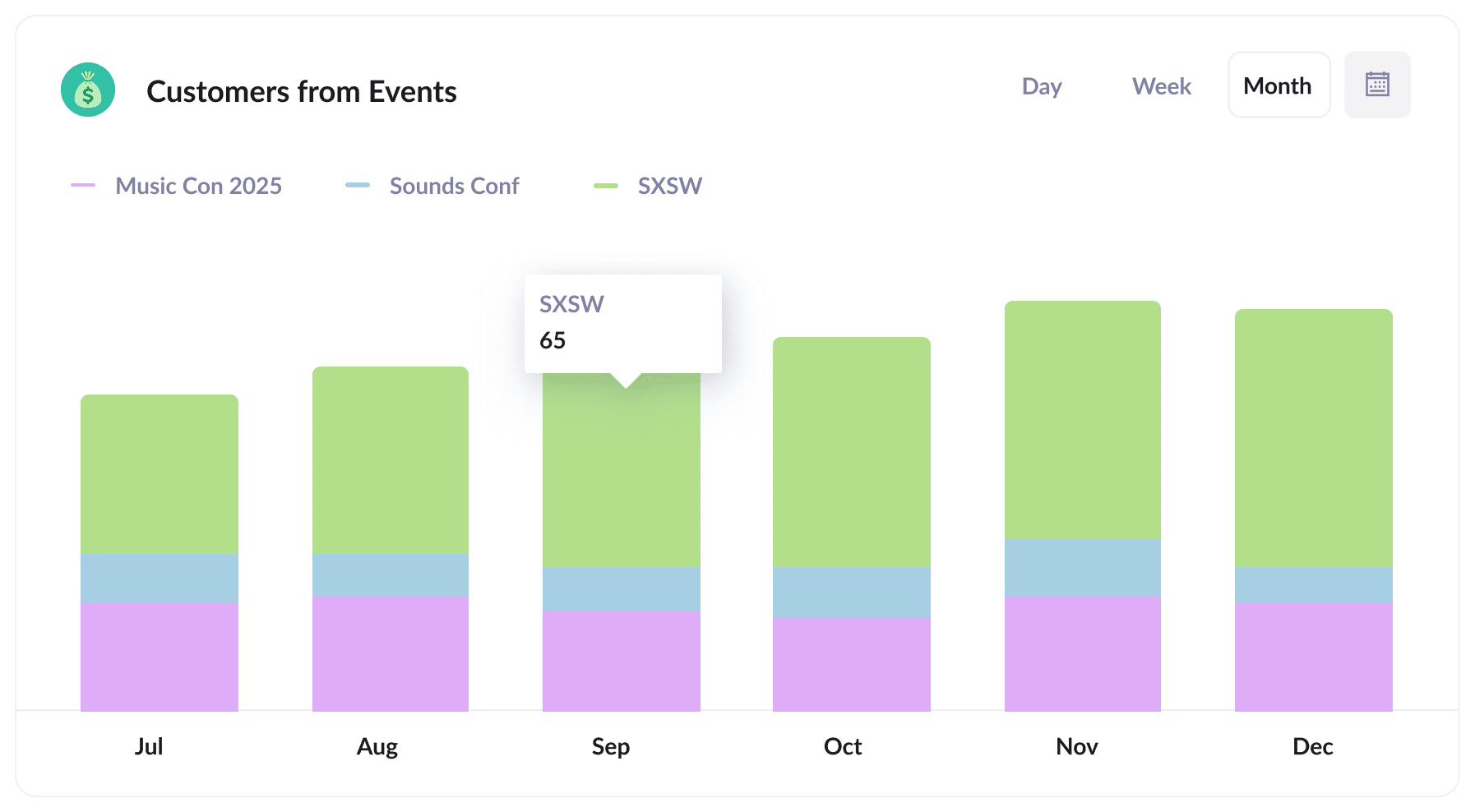
Wrap Up
If you're sponsoring or exhibiting at events, then adding UTM parameters beyond all the different promotional activities (logos on the event website, email campaigns, QR codes at your booth, etc.) is the only way to truly track how many leads & customers you are getting from these events.
Because if you are just measuring how many badges you scanned or business cards you collected, you're missing the bigger picture and likely underreporting the impact these events are having on your business.
So start adding UTM parameters wherever you can (and use tools like Attributer.io to capture them and send them to your CRM).
Need to capture UTM parameters in your CRM?
Start your 14-day free trial of Attributer today!

About the Author
Aaron Beashel is the founder of Attributer and has over 15 years of experience in marketing & analytics. He is a recognized expert in the subject and has written articles for leading websites such as Hubspot, Zapier, Search Engine Journal, Buffer, Unbounce & more. Learn more about Aaron here.
